PPT-A survey of techniques for precise program slicing
Author : briana-ranney | Published Date : 2016-06-21
Komondoor V Raghavan Indian Institute of Science Bangalore The problem of program slicing Given a program P and a statement c the criterion identify statements
Presentation Embed Code
Download Presentation
Download Presentation The PPT/PDF document "A survey of techniques for precise progr..." is the property of its rightful owner. Permission is granted to download and print the materials on this website for personal, non-commercial use only, and to display it on your personal computer provided you do not modify the materials and that you retain all copyright notices contained in the materials. By downloading content from our website, you accept the terms of this agreement.
A survey of techniques for precise program slicing: Transcript
Download Rules Of Document
"A survey of techniques for precise program slicing"The content belongs to its owner. You may download and print it for personal use, without modification, and keep all copyright notices. By downloading, you agree to these terms.
Related Documents

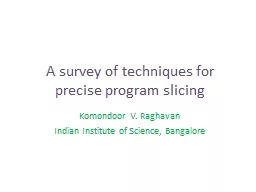
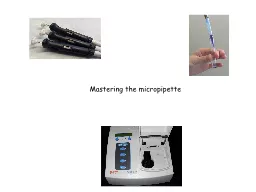
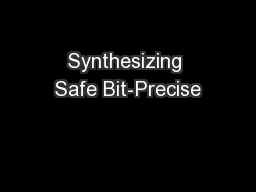
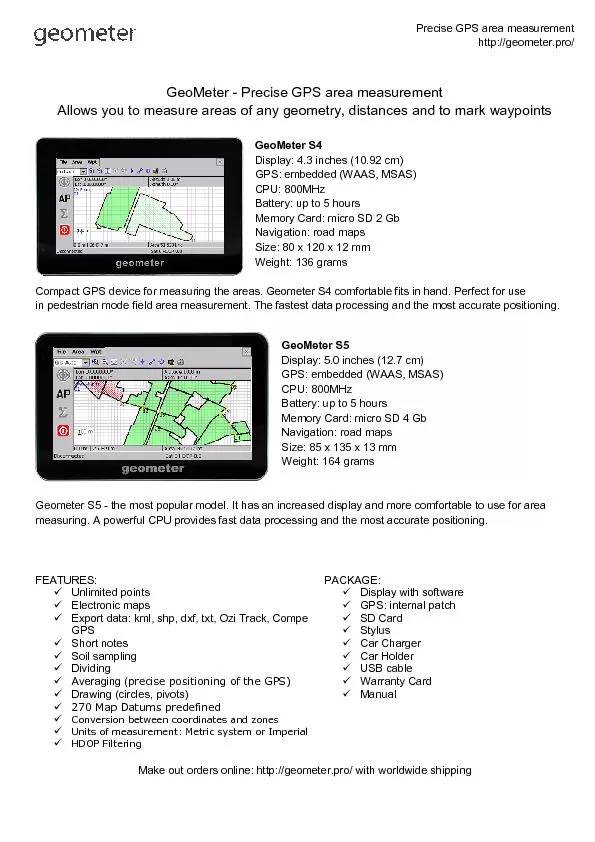
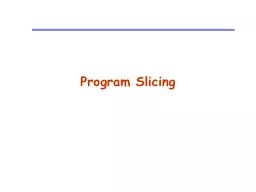
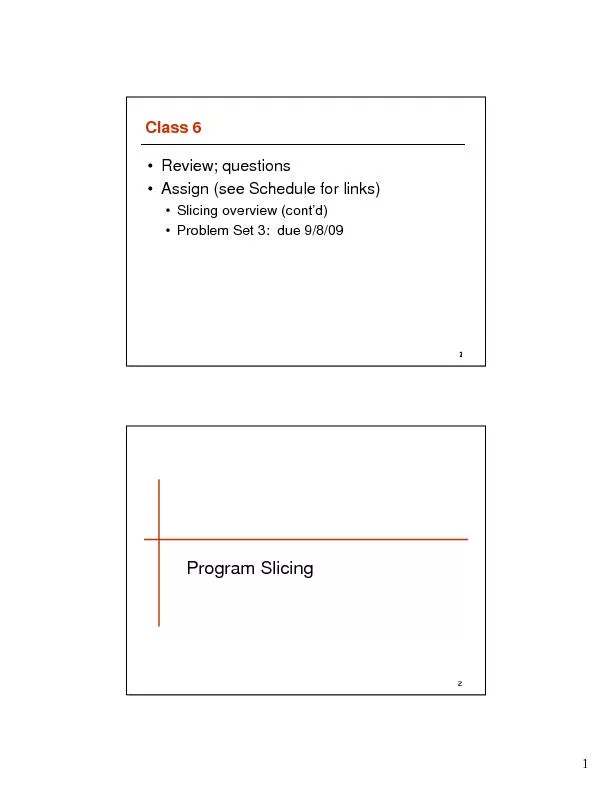


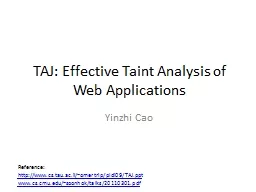
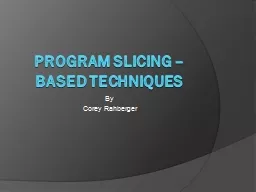

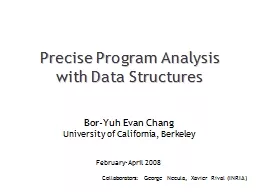

![[DOWLOAD]-Coffee Break Python Slicing: 24 Workouts to Master Slicing in Python, Once and](https://thumbs.docslides.com/975257/dowload-coffee-break-python-slicing-24-workouts-to-master-slicing-in-python-once-and-for-all.jpg)